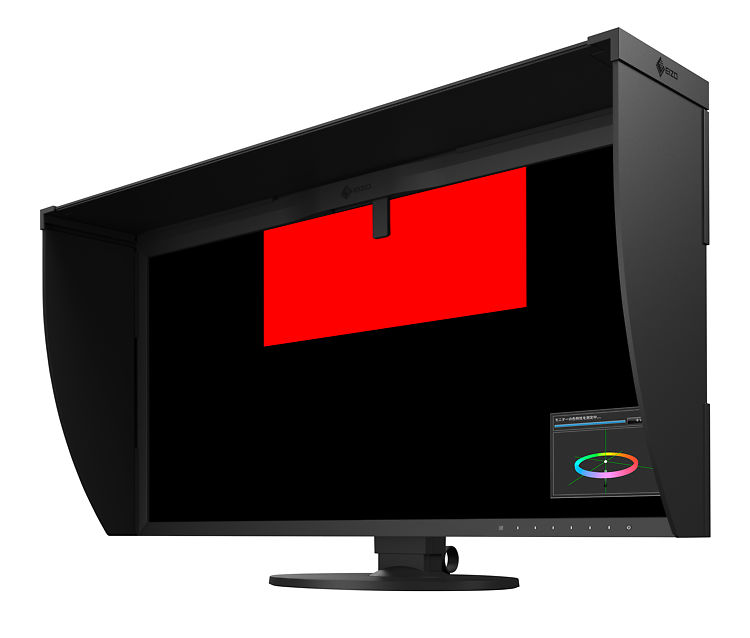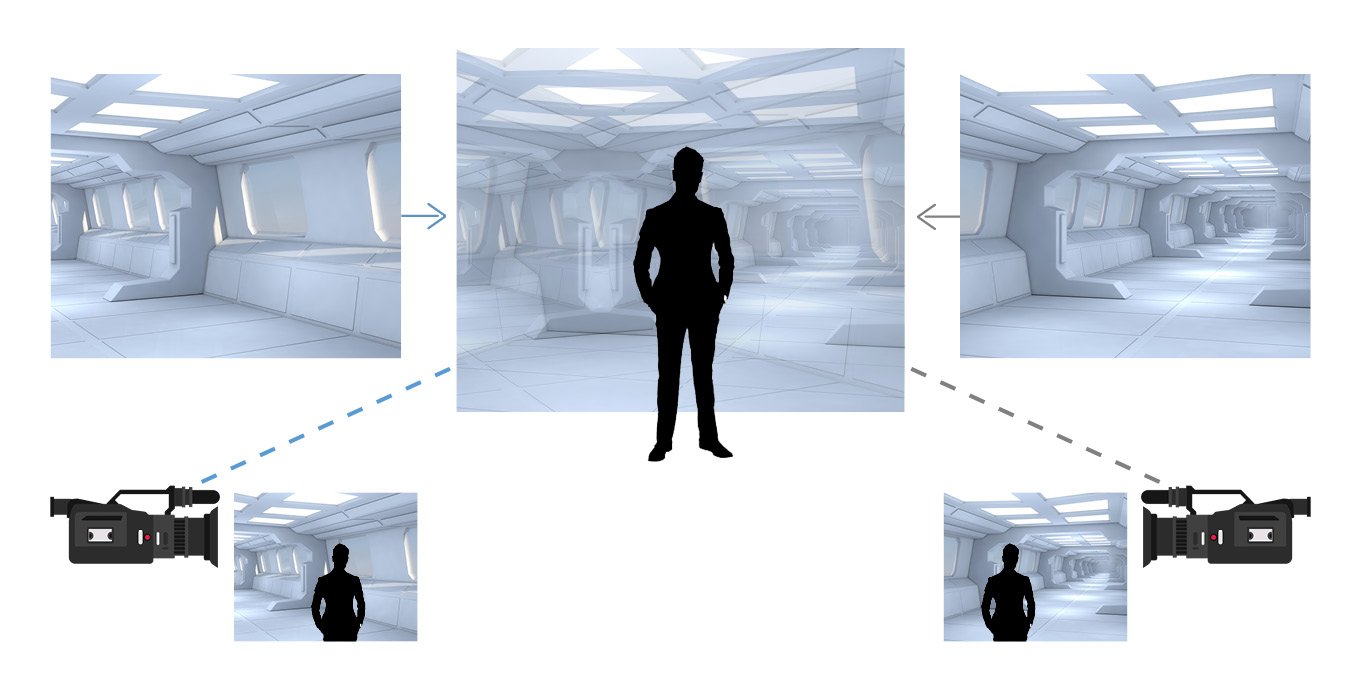BREAKING NEWS
LATEST POSTS
-
Volume 2 of The Epic Virtual Production Field Guide now available
https://www.unrealengine.com/en-US/blog/volume-2-of-the-virtual-production-field-guide-now-available
https://cdn2.unrealengine.com/Virtual+Production+Field+Guide+Volume+2+v1.0-5b06b62cbc5f.pdf
https://www.vesglobal.org/wp-content/uploads/2021/04/VirtualProductionFieldGuideVolume2New.pdf
v2.1.0 Local copy:
-
Monitors For Video Editing & Vfx work – Eizo ColorEdge CG319X 4K 31"
www.cgdirector.com/best-monitor-graphic-design-video-editing-3d/
There are three main Panel Types found in today’s modern Monitors.
The TN Panel (Twisted nematic)
The VA Panel (Vertical Alignment)
The IPS Panel (In-plane Switching)The IPS Panel is the best panel type for visually demanding work.
imagescience.com.au/products/monitors/monitors-for-video-editing-and-vfx
The Eizo CG319X is the current benchmark monitor for video work from Eizo, the most respected name in the high end colour accurate monitor business.
Used by some of the world’s best VFX studios – like WETA Digital and Studio Ghibli – this full true 4K monster offers superb accuracy, DCI true blacks, and fully automatic calibration with a in-built high quality calibration sensor, very generous working area, and true full 4K resolution. It can show nearly all of the DCI-P3 colour space with extreme precision.
If you’ve got the budget, this is without doubt the monitor to own for high end video and FX work.
imagescience.com.au/products/monitors/eizo-coloredge-cg319x-4k


-
Internet Archive – a non-profit digital library
Internet Archive is a non-profit library of millions of free books, movies, software, music, websites, and more.
FEATURED POSTS
-
This AI is so good at writing that its creators at the open source OpenAI won’t let you use it
edition.cnn.com/2019/02/18/tech/dangerous-ai-text-generator/index.html
OpenAI researchers fed the following Lord-of-the-Rings-style prompt to the system: Legolas and Gimli advanced on the orcs, raising their weapons with a harrowing war cry.
The computer composed this appropriately violent addition:
The orcs’ response was a deafening onslaught of claws, claws, and claws; even Elrond was forced to retreat. “You are in good hands, dwarf,” said Gimli, who had been among the first to charge at the orcs; it took only two words before their opponents were reduced to a blood-soaked quagmire, and the dwarf took his first kill of the night.”
The company’s decision to keep it from public use is the latest indication of a growing unease in and about the tech community about building cutting-edge technology — in particular AI —without setting limits on how it can be deployed.
Amazon and Microsoft in particular have voiced their support for legislation to regulate how facial recognition technology can and can’t be used. And Amazon investors and employees (as well as a dozens of civil rights groups) have urged the company to stop selling its face-recognition technology, Rekognition, to government agencies due to concerns it could be used to violate people’s rights.
-
“Reality” is constructed by your brain. Here’s what that means, and why it matters.
“Fix your gaze on the black dot on the left side of this image. But wait! Finish reading this paragraph first. As you gaze at the left dot, try to answer this question: In what direction is the object on the right moving? Is it drifting diagonally, or is it moving up and down?”

What color are these strawberries?

Are A and B the same gray?

-
GretagMacbeth Color Checker Numeric Values and Middle Gray
The human eye perceives half scene brightness not as the linear 50% of the present energy (linear nature values) but as 18% of the overall brightness. We are biased to perceive more information in the dark and contrast areas. A Macbeth chart helps with calibrating back into a photographic capture into this “human perspective” of the world.
https://en.wikipedia.org/wiki/Middle_gray
In photography, painting, and other visual arts, middle gray or middle grey is a tone that is perceptually about halfway between black and white on a lightness scale in photography and printing, it is typically defined as 18% reflectance in visible light

Light meters, cameras, and pictures are often calibrated using an 18% gray card[4][5][6] or a color reference card such as a ColorChecker. On the assumption that 18% is similar to the average reflectance of a scene, a grey card can be used to estimate the required exposure of the film.
https://en.wikipedia.org/wiki/ColorChecker
(more…)





